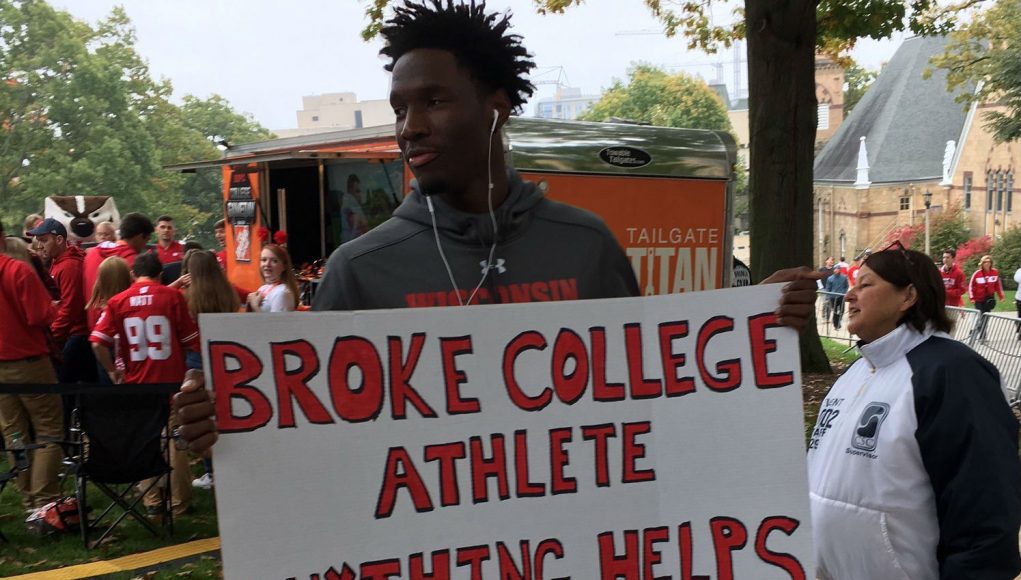My October column on college athletics is out in today's Daily Camera. Here is how it starts:
With more and more money pouring its way into college sports, college athletes and their representatives have been pushing for a bigger slice of the growing pie. Earlier this month, the Supreme Court decided not to take on a case brought by former UCLA basketball player Ed O'Bannon over the rights to athletes' names, images and likenesses. O'Bannon, who played in the 1990s, first brought his case after seeing himself in a video game and realized he wasn't being compensated.Read the whole thing here, and please feel free to come back and comment.
The Supreme Court could have used the O'Bannon case to make a landmark decision on college sports, but chose not to. So that means debate will continue, especially about big-time athletic programs with annual revenues over 100 million dollars. The debate isn't about whether or not athletes should be compensated — they already are — but how and how much.
I see a framework already emerging for answering these questions. It has three parts: stipends, prizes and intellectual property. Let's briefly look at each.
Here are some resources for additional reading if you'd like to go deeper:
- The CBS Sports "cost of attendance" database;
- UConn's Shabazz Napier talking about "hungry nights";
- A discussion of the significance of the Supreme Court's decision not to take on the O'Bannon case;
- The NCAA D1 rule book, that discusses prizes (See Article 16, and in particular summary Tables at the end of that section);
- My 2011 Daily Camera column on the application of federal Bayh-Dole legislation to the intellectual property rights of scholarship athletes;
- Pac-12 proposal of 2015 to allow athletes to profit off of name, image, likeness;
There is also an enormous academic and legal literature on issues surrounding compensating college athletes. Here are two papers that I had on my course syllabus earlier this year:
- Smith, R. K. (2000). Brief History of the National Collegiate Athletic Association's Role in Regulating Intercollegiate Athletics, A. Marq. Sports L. Rev., 11, 9.
- Sanderson, A. R., & Siegfried, J. J. (2015). The Case for Paying College Athletes. The Journal of Economic Perspectives, 115-137.
And you might also have a look at this debate between Jay Bilas and Oliver Luck, two smart and thoughtful experts with different views on this topic:

No comments:
Post a Comment